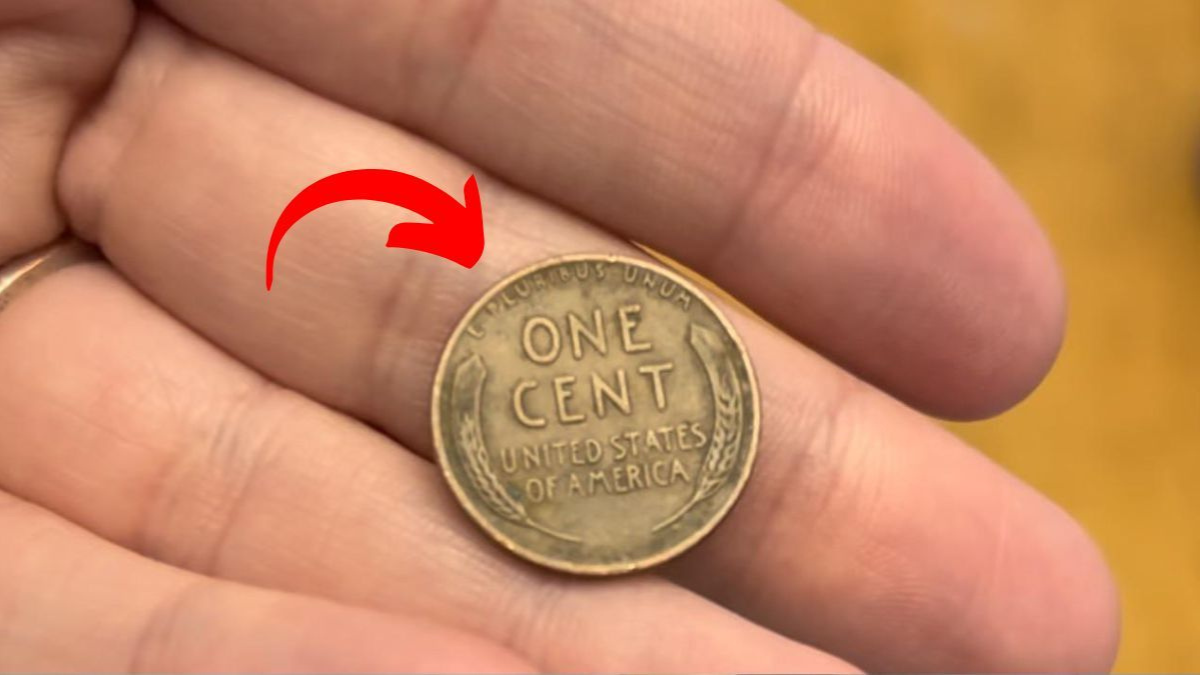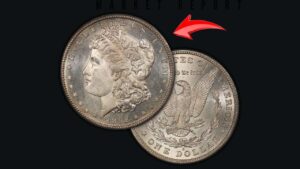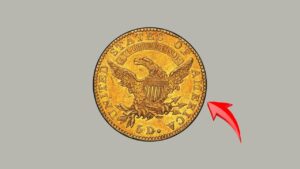Finding a penny worth billions sounds like something out of a movie, but for a select few, it’s a thrilling reality. The Lincoln Wheat Penny, a coin most Americans have seen or spent, has a rare version that could turn spare change into a life-changing windfall. Let’s take a closer look at the infamous 1943 bronze penny and what makes it such a coveted collector’s item.
The Fascinating Story Behind the Lincoln Wheat Penny
Introduced in 1909 to mark the 100th anniversary of Abraham Lincoln’s birth, the Lincoln Wheat Penny was the first U.S. coin to feature a president. Designed by Victor David Brenner, it remained in circulation until 1958 and is a favorite among coin collectors.
But one year—1943—holds the key to its incredible value. During World War II, copper was in short supply due to military needs, so the U.S. Mint switched to steel for penny production. However, a few bronze blanks from previous years mistakenly made it into the presses. These rare 1943 bronze pennies are now the stuff of legend.
Why the 1943 Bronze Penny Is So Valuable
The massive value of the 1943 bronze penny lies in its rarity and the circumstances that led to its creation. It’s estimated that fewer than 20 genuine examples exist today. Most were discovered by accident, making them especially appealing to collectors who crave the thrill of the hunt.
Here’s why this coin is worth so much:
- Historical significance: It represents a wartime error in a time of national crisis.
- Extreme scarcity: With fewer than two dozen known, demand far outweighs supply.
- Speculative hype: In top condition and under the right market conditions, values can skyrocket—some experts believe one could be worth up to $6 billion, though no such sale has yet occurred.
How to Identify a 1943 Bronze Penny
Think you’ve found a winner? Here’s how to check if your 1943 penny could be the rare bronze version.
| Feature | Details |
|---|---|
| Year | 1943 |
| Color | Bronze (reddish-brown), not silver |
| Magnet Test | Doesn’t stick to a magnet |
| Design | Wheat stalks around “ONE CENT” |
| Estimated Value | Up to $6 billion (perfect condition) |
Important tip: Never clean the coin. Polishing it can damage the surface and drastically reduce its value.
Real-Life Discoveries
Stories of lucky finds fuel the public’s fascination. In the 1940s, a schoolboy discovered one in his lunch change. More recently, a California woman unearthed one in her grandfather’s coin stash, which turned out to be a six-figure treasure. These tales keep collectors checking every 1943 penny they come across.
What to Do If You Think You Have One
If your 1943 penny matches the signs, don’t spend it or toss it in a jar. Here’s what you should do:
- Store it safely: Use a plastic coin holder to prevent wear.
- Get expert verification: Reach out to a reputable dealer or grading service like PCGS or NGC.
- Avoid scams: Some counterfeit coins are made by copper-plating steel pennies or altering the date.
Even if yours turns out to be a well-worn steel penny, the hunt alone is part of the fun—and there’s always the chance that you could hit the jackpot.
The idea that a coin in your pocket could be worth millions—or even billions—is thrilling, and the story behind the 1943 bronze Lincoln Wheat Penny is one that blends history, mystery, and money. Though the chances of finding one are slim, it’s not impossible. So next time you’re sorting through spare change, take a closer look. That little brown coin might just be a multimillion-dollar gem in disguise.
FAQs:
What makes the 1943 penny so rare?
It’s one of the few bronze pennies accidentally made during a year when all official pennies were struck in steel for the war effort.
How can I test if my 1943 penny is bronze or steel?
Try the magnet test—steel pennies will stick to a magnet; bronze ones won’t.
Has any 1943 bronze penny actually sold for billions?
No, but estimates in a perfect market suggest it could reach that level due to rarity and collector demand.




